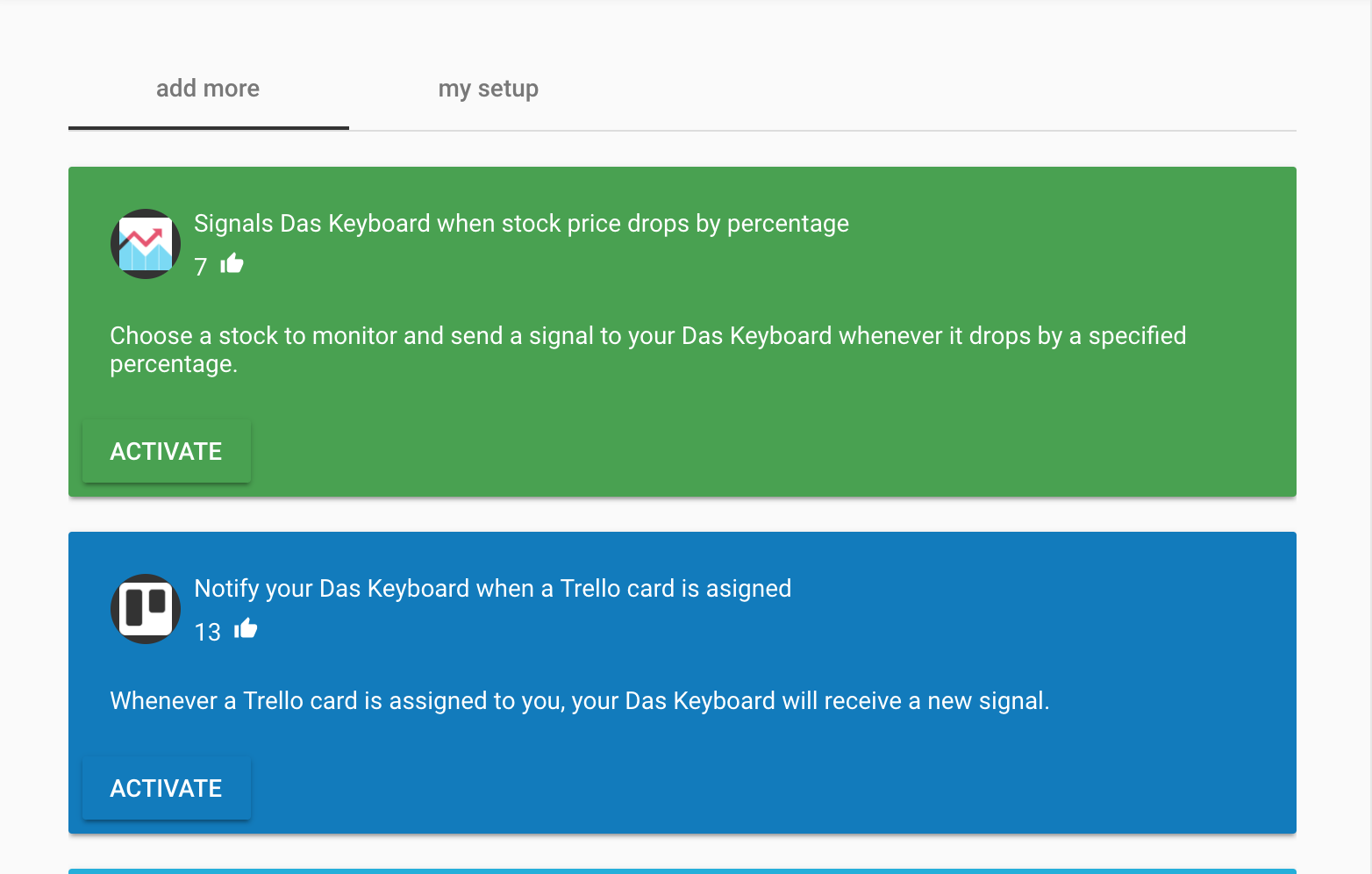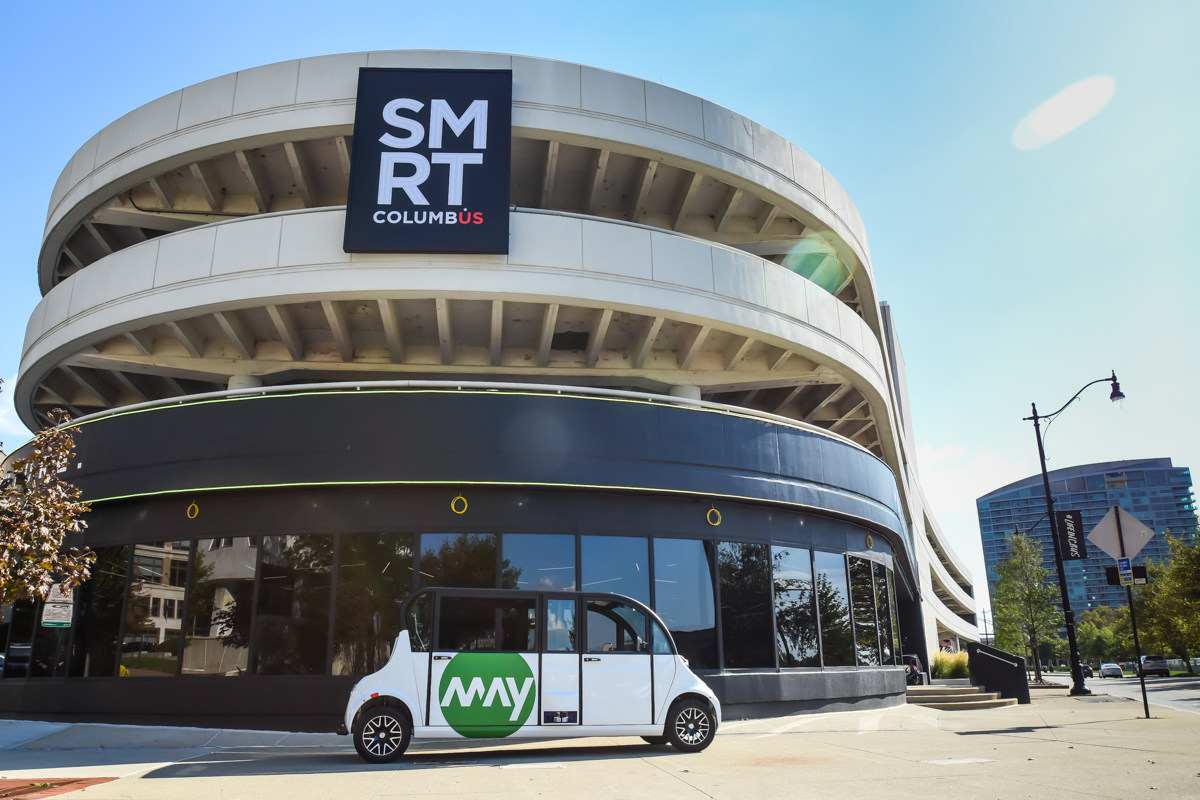Of all the things to add to the blockchain, wine makes a lot of sense. Given the need for provenance for every grape and barrel, it’s clear that the ancient industry could use a way to track ingredients from farm to glass. VinX, an Israeli company founded by Jacob Ner-david, is ready to give it a try.
According to a release, the plan is to create a “token-based digital wine futures platform based on the Bordeaux futures model” that lets you track wine from end to end “at a cost bearable to the industry.”
Investment banker Gil Picovsky joined Ner-david to build out the service.
“I was relating to Gil my frustrations with the way most wine is sold, and I had some early thoughts around using blockchain and tokens to radically remake the wine industry,” said Ner-david. “Together Gil and I developed the core concepts of VinX, and started to actively devote ourselves full time to VinX in November 2017.”
“VinX is democratizing the capital structure of the wine industry by bringing consumers in direct contact with producers early in the wine-making cycle,” said Ner-david. “We are riding the wave of direct-to-consumer. In addition, because we are registering all wine futures as tokens on a blockchain, we are bringing a powerful validating force that will go a long way toward reducing fraud.”
Overstock’s investment arm, Medici Ventures, is not reporting how much cash they are dumping into VinX but the company claims that “it is a seven-figure investment.”
The tool will help reduce the rate of fakery in winemaking. Experts estimate that 20 percent of all wine in the world is counterfeit. VinX will follow individual bottles from filling to drinking, ensuring a bottle is real.
Ner-david is also the co-founder of Jezreel Valley Winery, a boutique winery in Israel.
“We want to use modern technologies, including blockchain and tokening assets, in bringing consumers in direct contact with wineries around the world, humanizing the connection, and leaving more value in the hands of wineries and wine lovers,” he said.





